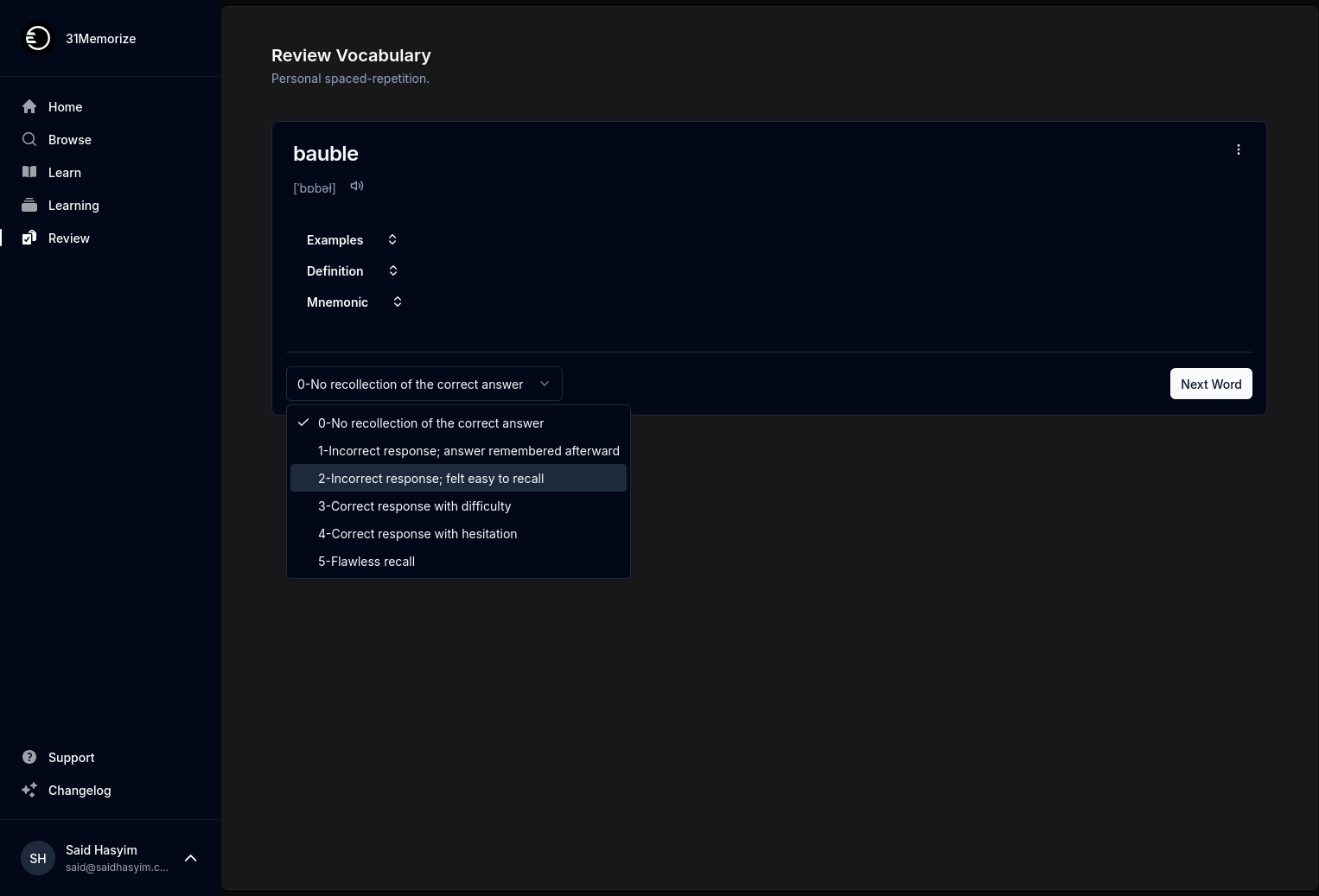Harnessing Data from Book Reviews for Growth
In today’s fast-paced digital age, businesses and organizations are constantly seeking innovative ways to leverage data for growth and improvement. One often overlooked yet rich source of valuable insights is the trove of information embedded in book reviews. Whether you are an author, publisher, marketer, or even a reader interested in trends, understanding how to harness this data can provide a competitive edge and inform strategic decisions. In this blog post, we will explore how you can effectively utilize data from book reviews for growth.
Understanding the Value of Book Reviews
1. Customer Insight
Book reviews are fundamentally expressions of reader sentiment. They provide detailed feedback on what worked, what didn't, and what could be improved. This helps stakeholders understand their audience better. By analyzing the themes in reviews, you can uncover readers’ motivations, preferences, and pain points.
2. Market Trends
The themes that appear frequently in book reviews can hint at broader market trends. By tracking these trends over time, businesses can identify growth areas, adapt content to meet consumer demands, and anticipate industry shifts. Monitoring genres that are gaining popularity can also assist in strategic planning for future releases.
3. Product Development
Authors and publishers can gain insights from reviews that highlight book strengths and weaknesses. This information can be a goldmine for improving future works, refining writing style, or enhancing the storyline. If a significant number of reviews note a slow plot or underdeveloped characters, adjustments can be made for subsequent projects.
Collecting and Analyzing Review Data
1. Data Collection
To make sense of book reviews, you first need to gather them from various sources where readers express their thoughts. Utilize platforms like Goodreads, Amazon, and personal blogs. Programming APIs and web scraping tools can also enable you to automate data collection.
2. Data Categorization
Once you have collected the reviews, categorize them based on different criteria, such as:
- Rating: Group reviews by star ratings to identify trends in reader satisfaction.
- Sentiment Analysis: Use natural language processing tools to determine overall sentiment, classifying comments as positive, negative, or neutral.
- Keyword Analysis: Identify common keywords and phrases that emerge in reviews to understand the prevailing themes and topics.
3. Visualization Tools
Data visualization can help you identify patterns and trends more effectively. Tools like Tableau, Google Data Studio, or even Excel can turn your categorized data into visual formats like bar graphs, pie charts, and word clouds. These visuals can facilitate quick understanding and aid in decision-making.
Extracting Actionable Insights
1. Content Strategy
The insights derived from reviews can inform content marketing strategies. For example, if readers express a desire for more information on a particular topic or character development, you can create blog posts, articles, or promotional content that fills that gap.
2. Targeted Marketing
Analyze the demographics of readers who leave reviews. Understanding who your audience is can help you tailor marketing campaigns. For instance, if a specific age group resonates with a novel, targeted ads can be created for platforms frequented by that demographic.
3. Reader Engagement
Engaging with your readers based on review feedback shows that you value their opinions. Hold Q&A sessions where readers can discuss their reviews or run polls to gauge their interest in various topics. This enhances community engagement and fosters loyalty.
Assessing Competitive Landscape
1. Benchmarking Against Competitors
Analyzing reviews of competing books can yield insights into what strategies work best in your niche. Identify strengths and weaknesses in competitors’ offerings and learn from them. This not only enhances your product but also helps in positioning your book effectively in the market.
2. Identifying Gaps
By comparing reviews across similar books, you can find gaps in the market. Are there topics that are underrepresented? Is there a particular genre that lacks depth? Identifying such gaps can inform future writing, offering unique content that stands out in the marketplace.
Case Studies: Successful Implementation
1. Self-Publishing Authors
Many self-published authors have harnessed review data successfully. By analyzing feedback, they have made significant improvements in their subsequent books, resulting in increased sales and readership where they addressed specific criticisms raised by reviewers.
2. Publishing Houses
Publishing houses often analyze reviews across their catalog. By aggregating sentiment and thematic analysis from those reviews, they tailor their marketing strategies for future titles, ensuring that they align with reader preferences.
3. Book Clubs and Communities
Online book clubs that analyze reviews can help their members make more informed reading choices. By identifying popular themes or genres through aggregated data, they create curated lists that enhance member engagement and satisfaction.
Conclusion
Harnessing data from book reviews presents a unique opportunity for growth that can benefit authors, publishers, and marketers alike. By understanding reader sentiment, identifying market trends, and making data-driven decisions, stakeholders can improve their content and better connect with their audience. The tools and strategies explored in this post are just starting points. The key is to remain curious, continually analyze feedback, and adapt to the ever-changing landscape of reader interests. Embrace the data, and let book reviews be your compass in the journey toward growth and success.
By investing time and effort into understanding book reviews, you not only enhance your offerings but also create a more engaging experience for readers. As you delve into the world of review data, remember that every piece of feedback is an opportunity for improvement.
